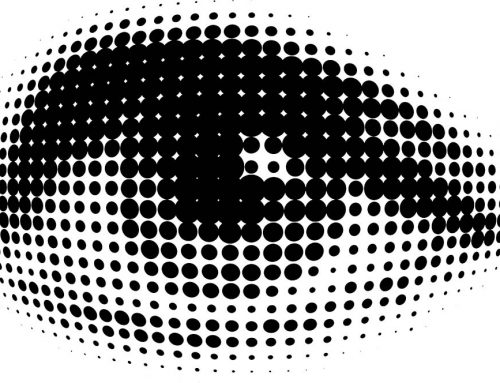
Did you know that corneal dystrophy is not a single condition? It’s an umbrella term for more than 20 individually described corneal disorders. These conditions can affect all parts of the cornea, the outermost clear layer of the eye.
In this blog post, we take a closer look at corneal dystrophy including signs and symptoms, treatment options, and commonalities.
Corneal dystrophy: Signs and symptoms
Although there are many corneal dystrophies, there are some common signs and symptoms to watch out for. These include, but are not limited to:
- Dry eyes
- Trouble with glare
- Photophobia (light sensitivity)
- The feeling that something is in your eye
- Eye pain
- Erosions on the cornea
- Watering eyes
If you are experiencing any of these symptoms, please make an appointment to see your ophthalmologist. Only they can properly diagnose and treat corneal dystrophy.
Commonalities
Despite the many types of dystrophy a patient may have, there are commonalities between each condition. These include:
- Corneal dystrophies are generally inherited
- Can affect both the left and right eye
- Dystrophies are not caused or affected by lifestyle factors
- Most types progress very slowly, sometimes over several decades
- Most conditions begin in one of the cornea’s five layers and progress to other parts
- Dystrophies don’t have an adverse effect of other parts of the body and are unrelated to other eye diseases.
- Dystrophies may be present in otherwise healthy individuals of both genders
Corneal dystrophy diagnosis
Before deciding on a treatment plan, your eye doctor will, first of all, diagnose which dystrophy is affecting you. If you have a family history of corneal dystrophy, let your ophthalmologist know as this information could help with diagnosis.
Commonly, corneal dystrophies are discovered during a routine eye exam. Another reason to keep up with your yearly schedule! Ophthalmologists use a silt lamp microscope to spot any area of the cornea which do not look normal.
Because corneal dystrophies progress so slowly, it may be years or even decades before any abnormality affects your eyesight. Regular eye exams are important for this reason, and doubly so if you have a hereditary risk factor.
Treating corneal dystrophy
Treatment plans are highly dependent of the exact type of dystrophy you have and the stage of the dystrophy. If the condition is not adversely affecting your vision, your ophthalmologist may recommend leaving it for the time being but keeping a close watch on it with frequent examinations.
Eye drops and ointments that can be used at home may be prescribed to you. Follow your medication schedule carefully. If your corneal dystrophy does not respond to the first prescribed treatment, your eye doctor may change medications.
Corneal dystrophy is treatable when caught early on before the condition advances. Schedule regular eye exams to keep yourself informed about your eye health.
If you have further questions about corneal dystrophy or would like to schedule an appointment to see one of our specialists, please get in touch with us at the New Jersey Eye Center. We’re located in both Bergenfield and Passaic NJ and walk-ins are welcome.


